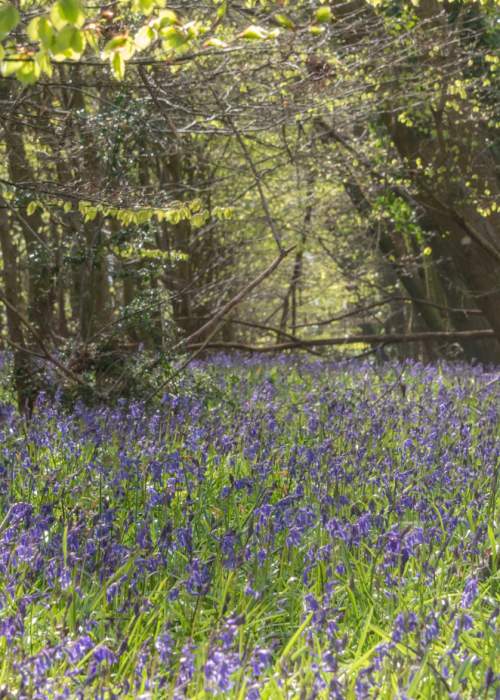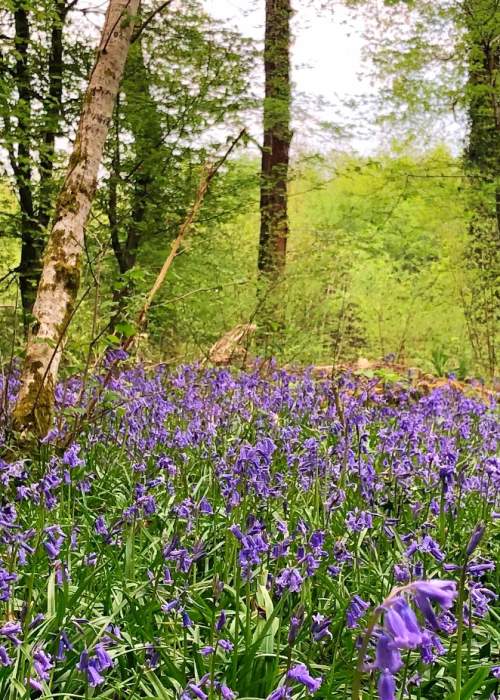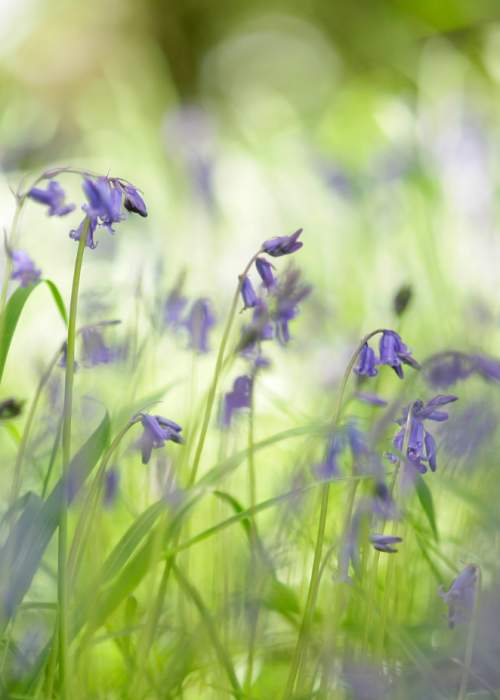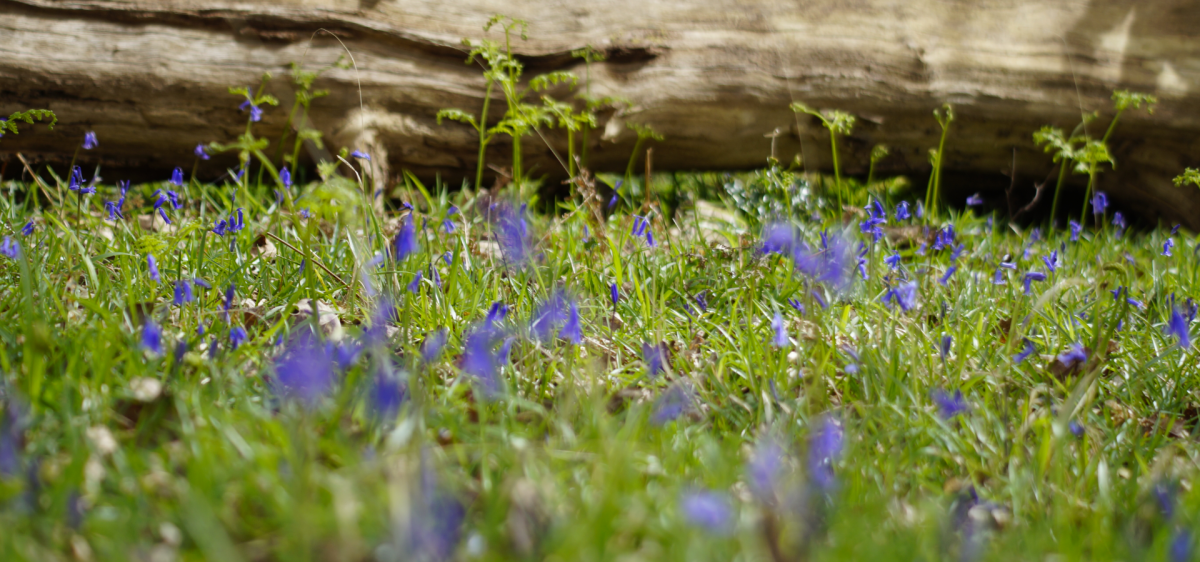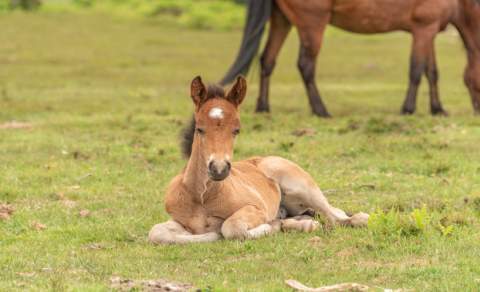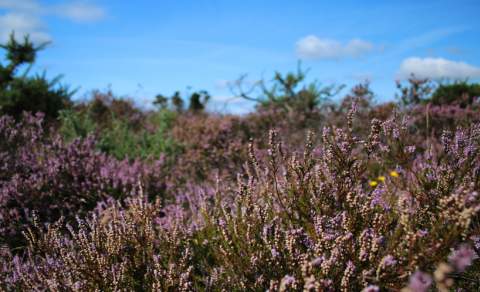New Forest Bluebells
Each spring, the ancient woodlands of the New Forest are transformed by a breathtaking sea of violet-blue. This annual spectacle is one of the New Forest’s most beloved seasonal sights, as carpets of bluebells weave through the trees and bring with them the unmistakable scent and serenity of springtime.
With fresh green leaves unfurling overhead and birdsong filling the air, it’s easy to see why bluebells are one of the UK’s most treasured wildflowers - and the New Forest one of the best places to see them.
About the British Bluebell
The native British bluebell (Hyacinthoides non-scripta) is found across the UK, northern Europe and into the northwest of Spain. For most of the year, the bluebell lies dormant beneath the surface as a bulb. Come mid-April to late May, they rise up to take advantage of the spring sunshine - flowering before the tree canopy becomes too dense with leaves.
Bluebells grow in dense clusters, creating dramatic floral displays in broadleaf woodland, hedgerows, and shady clearings. Once in bloom, their bell-shaped flowers stand around 30cm tall and provide an early source of nectar for bees, hoverflies, and butterflies.
You can distinguish the native bluebell from non-native species by its creamy-white pollen and flowers that tend to droop on one side. Planting non-native bluebells is banned under a local New Forest by-law, and the British bluebell is legally protected under the Wildlife and Countryside Act 1981 - it is illegal to dig them up or sell them.
Thanks to its rich, undisturbed ancient woodland, the New Forest remains one of the best places in the UK to experience bluebells in their natural habitat, with over 34 square kilometres of broad-leaved woodland where they flourish.
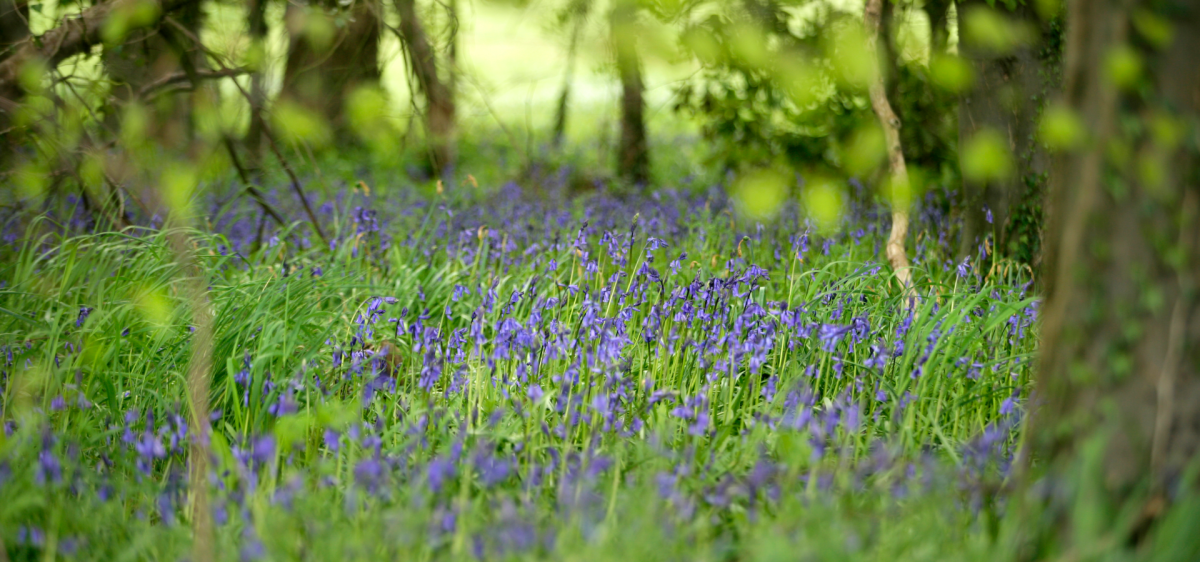
Where to see bluebells in the New Forest
Bluebells thrive in woodland that is less grazed by livestock, so your best chances of seeing them are in protected inclosures and nature reserves.
Pondhead Inclosure, Lyndhurst
Just southeast of Lyndhurst, Pondhead is one of the UK’s top bluebell woodlands, protected from grazing and carefully managed by volunteers from the Pondhead Conservation Trust. A peaceful walk through the inclosure during spring reveals a rich blue carpet beneath the trees.
Broomy Inclosure, near Linwood
Located north of Linwood and southeast of Fordingbridge, this inclosure features winding tracks and paths with swathes of bluebells. It’s a less crowded alternative for spring walks.
Exbury Gardens
Known for its ornamental gardens, Exbury Gardens also boasts bluebell drifts along the two-mile Summer Lane approach. Visit from March onwards and enjoy a mix of azalea, rhododendron, and camellia alongside the woodland flowers.
Roydon Woods, Brockenhurst
A 1,000-acre nature reserve managed by the Hampshire and Isle of Wight Wildlife Trust, Roydon Woods is rich in biodiversity and a top spot for bluebells. Access via bridleways and permissive paths helps maintain the tranquillity of the site.
Sandleheath, near Fordingbridge
A peaceful area west of Fordingbridge with public footpaths through ancient woodland, where bluebells grow alongside primroses and other spring wildflowers.
New Park to Bank Cycle Route
Cycle between New Park and Bank, near Lyndhurst, and you’ll find plenty of bluebells along the way - especially where the forest opens out into shaded glades.
Furzey Gardens, Minstead
Furzey Gardens near Lyndhurst is home to 10 acres of woodland gardens that burst into life each spring with bluebells, azaleas, and rhododendron. A beautiful, peaceful spot that supports people with learning disabilities.
Be a forest-friendly visitor
The New Forest is a protected and special place. Please help us keep it that way:
-
Stay on marked paths to protect bluebell bulbs from trampling.
-
Never pick or dig up bluebells - they’re a protected species.
-
Keep dogs on leads in sensitive areas during the spring to protect flowers and ground-nesting birds.
Share your bluebell moments
Seen bluebells during your spring visit? We’d love to see your photos and videos. Tag us on social media at @TheNewForestUK on Facebook, Instagram or X.

